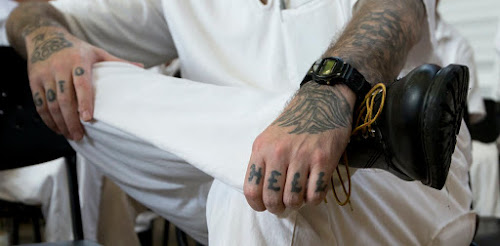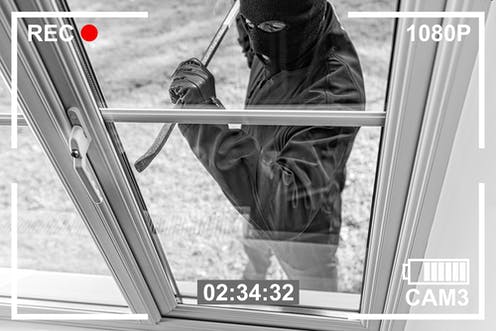We talked to numerous jail gang participants – here is what they said about life behind bars
The Unified Specifies incarcerates a bigger percentage of its residents compared to other developed nation on the planet, with about 1.5 million individuals offering time behind bars. But to anybody that does not work or live in a center, life behind bars mostly remains a mystery. The general public obtains a peek of life on the inside just when there are riots, implementations or scandals.
As criminologists, we invested 9 months interviewing over 800 detainees in Texas in 2016. They informed us about their lives before and throughout jail, as well as their impending go back to the community, a trip common by over 600,000 individuals each year.
We also learned about a considerable reality in jails: gangs.
Our new book draws back the drape on how gangs contend for control and framework jail life. Gangs wield power behind bars, but they are more fractured and have much less control compared to individuals think.
Entering, going out
Despite relatively comprehensive research on road gangs, there's little research on gangs behind bars.
Carrying out research in jails is unusual because it's hard to access. Jail authorities have the tendency to be risk-averse and loathe to allow outsiders inside the wall surfaces. Also if scientists obtain inside, there is the opportunity that detainees will not take part in meetings. When the subject is gangs, these problems are also larger.
That wasn't our experience. About fifty percent of individuals we spoke with were affiliated with gangs. Gang and nongang detainees informed us, "I'd instead speak with you compared to being in my cell." They saw the interview as cathartic; they had the ability to "obtain points off their breast" to a neutral party. Model Bettor Judi Bola Online

The ‘war years'
Jail gangs exploded throughout the U.S. with the rise of mass incarceration in the 1980s. Texas jails were mainly gang-free until bloody fights damaged out in 1984-85 in between the Mexican Mafia and Texas Distribute as well as the Aryan Brotherhood and Mandingo Warriors. Fifty-two detainees were killed in a 21-month duration that became known as the "battle years."
Over 50 various gangs were stood for in our study. Most of these gangs were energetic behind bars and on the road. All the 12 "security risk teams," or STGs as they are called by jail authorities, in shape the classic view of jail gangs: organized, conspiratorial and fierce. The remaining gangs are called "cliques." If security risk teams resemble bad guy companies, cliques resemble a band of bad guys without clear management, instructions or framework.
Race and ethnicity mattered to all gangs. Geographic distance is the great social sorter for road gangs; it's race and ethnicity for jail gangs. Nearly all the jail gangs were made up of a solitary race or ethnicity.
Individuals we talked with made it clear that jail gangs in Texas are not what they used to be. Jail gangs were explained as "sprinkled down," no much longer having actually the teeth to impose rules, particularly the security risk teams. Couple of detainees, consisting of gang participants, thought that gangs brought purchase to jails or made jails safer, an insurance claim often made about jail gangs. The understanding of power is more powerful compared to its reality


